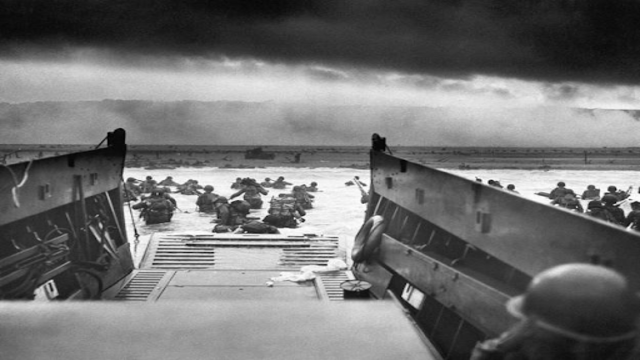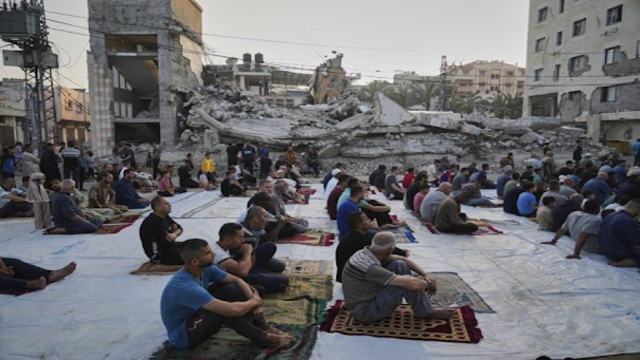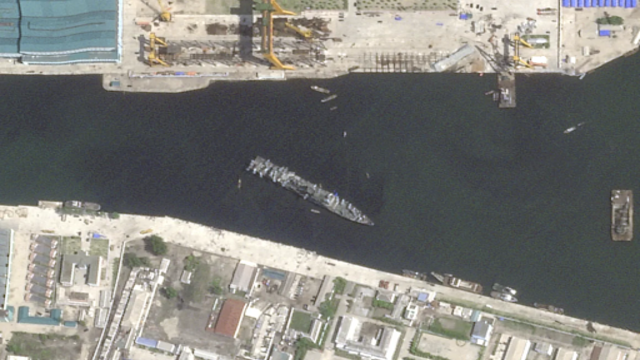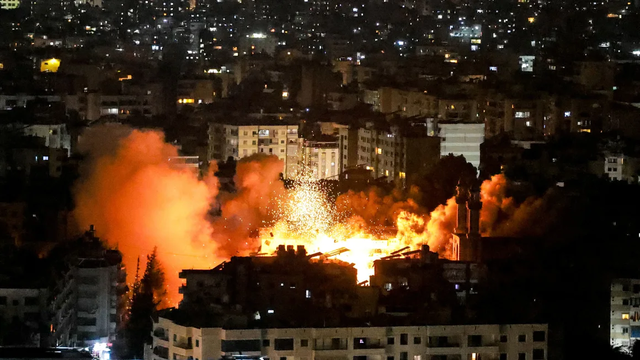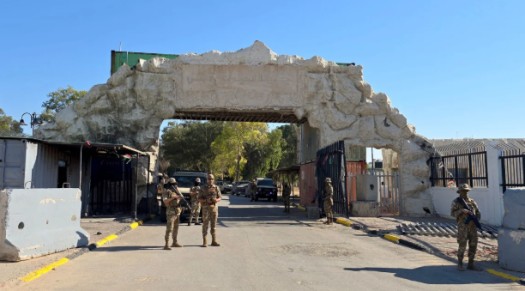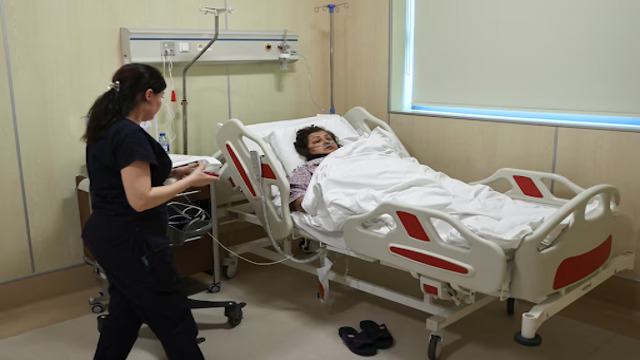
Vafa Shabanova, a passenger injured in the Azerbaijan Airlines crash in Kazakhstan, is receiving medical care at a hospital in Baku, Azerbaijan, on December 27, 2024. Reuters
The Azerbaijan Airlines flight J2-8243 crash near Aktau, Kazakhstan, has left a grim toll of 38 dead and 29 survivors. Passengers and crew who made it out alive have shared chilling accounts of the moments before the disaster.
Passengers reported hearing loud bangs as the plane approached its initial destination of Grozny in southern Russia. Subhonkul Rakhimov, a survivor, described the terror he felt after the loud noise. “I thought the plane was going to fall apart,” he said, adding that he started praying, bracing for the worst.
Another passenger, Vafa Shabanova, revealed her fear as she heard multiple bangs. She was later instructed by a flight attendant to move to the back of the plane. Both passengers noted that oxygen levels in the cabin appeared to drop after the initial bang, further intensifying the panic.
Flight attendant Zulfugar Asadov added that the loud noises originated near the left wing as the plane circled due to fog over Grozny. He recounted how something struck his arm, cabin pressure was lost, and passengers were warned of a hard landing.
Zulfugar Asadov, a flight attendant from the Azerbaijan Airlines flight that crashed in Kazakhstan, shares his experience during an interview while receiving medical treatment at a hospital in Baku, Azerbaijan, on December 27, 2024. Reuters
The Embraer passenger jet was en route from Baku, Azerbaijan, to Grozny but diverted hundreds of miles across the Caspian Sea, ultimately crashing in Aktau. Russian aviation authorities speculated a possible bird strike as the cause of the emergency, but Azerbaijan Airlines pointed to "external interference" without elaborating further.
Reports from preliminary investigations suggest the possibility of Russian air defenses mistakenly targeting the plane. This aligns with Moscow’s active use of air defense systems in southern Russia to counter Ukrainian drones. Kremlin officials have declined to comment until the investigation concludes.
Survivors shared glimpses of the chaos on board. Oxygen masks were deployed, passengers donned life vests, and the cabin was filled with fear. After the crash, injured passengers were seen emerging from the wreckage, some bleeding and in shock.
The wreckage of an Azerbaijan Airlines passenger plane is seen at the crash site near Aktau, Kazakhstan, on December 25, 2024, in an image provided by the Mangystau region administration. Reuters
This tragedy highlights the ongoing risks to civilian flights in regions near conflict zones. The area around Grozny, though far from the front lines in Ukraine, has been a frequent target of drone strikes, escalating the danger for aircraft. Russia’s use of electronic jamming and air defense systems to counter these drones has further complicated the situation.
The crash echoes past aviation disasters, including the shooting down of Ukraine International Airlines Flight PS752 in 2020 and Malaysia Airlines Flight MH17 in 2014, both involving military errors in contested airspace.
As investigations continue, questions remain about the decision-making during the flight and the potential dangers of operating civilian planes near active conflict zones. Azerbaijan Airlines has suspended some flights to Russia as officials work to determine the exact cause of the tragedy.


